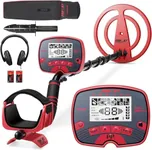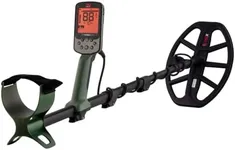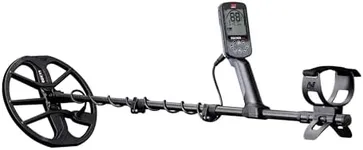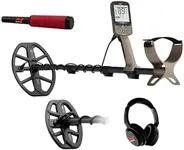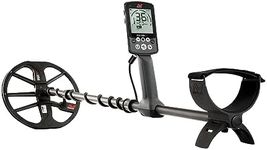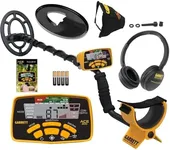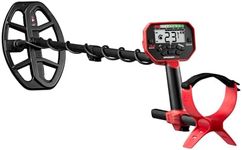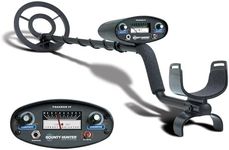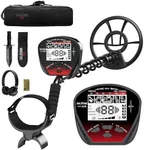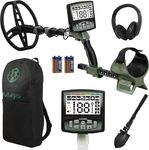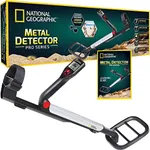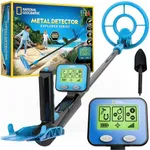Buying Guide for the Best Metal Detector
Choosing the right metal detector can be a rewarding experience, whether you're a hobbyist looking for treasures or a professional in need of reliable equipment. The key to finding the best metal detector for you is understanding the various specifications and how they align with your specific needs. By focusing on the right features, you can ensure that your metal detector will perform well in the environments you plan to use it and for the types of metals you are interested in finding.Operating FrequencyThe operating frequency of a metal detector refers to the number of times the signal is transmitted and received per second. This spec is important because it affects the detector's sensitivity and depth capabilities. Lower frequencies (1-4 kHz) are better for detecting larger, deeper objects and are less sensitive to small items. Mid-range frequencies (5-15 kHz) offer a balance, making them versatile for general use. Higher frequencies (16-100 kHz) are more sensitive to small objects and fine gold but have less depth penetration. Choose a frequency based on what you are searching for: lower for larger, deeper objects, mid-range for versatility, and higher for small, shallow items.
DiscriminationDiscrimination is the metal detector's ability to distinguish between different types of metals. This feature is crucial for avoiding unwanted items like nails or bottle caps. Basic discrimination allows you to filter out certain metals, while more advanced models offer adjustable discrimination settings to fine-tune your search. If you are searching in areas with a lot of trash, higher discrimination will save you time by ignoring unwanted metals. For relic hunting or gold prospecting, lower discrimination might be better to ensure you don't miss valuable finds.
Ground BalanceGround balance is a feature that helps the metal detector ignore mineralization in the soil, which can cause false signals. This is important for accurate detection, especially in areas with highly mineralized soil or saltwater beaches. There are three types of ground balance: preset, manual, and automatic. Preset is simple and good for beginners in less mineralized areas. Manual ground balance allows for fine-tuning and is better for experienced users in varied terrains. Automatic ground balance adjusts on the fly and is ideal for those who want ease of use in changing conditions.
Search Coil Size and TypeThe search coil is the part of the metal detector that senses the metal. Coil size and type affect the detector's depth and sensitivity. Larger coils (10 inches and above) cover more ground and detect deeper objects but can miss smaller items. Smaller coils (6-9 inches) are more sensitive to small objects and better for trashy areas. There are also different types of coils: concentric coils offer good depth and discrimination, while double-D coils provide better ground coverage and performance in mineralized soils. Choose a coil size and type based on the terrain and the size of the objects you are searching for.
Depth IndicatorA depth indicator shows how deep the detected object is buried. This feature is important for understanding how much digging will be required and for gauging the potential value of the find. Basic models may have a simple depth gauge, while advanced detectors offer more precise depth readings. If you are searching for deeply buried treasures, a more accurate depth indicator will be beneficial. For casual or shallow searches, a basic depth gauge may suffice.
Weight and ErgonomicsThe weight and ergonomics of a metal detector affect how comfortable it is to use for extended periods. Lighter detectors are easier to handle and reduce fatigue, which is important for long searches. Ergonomic designs with adjustable shafts and comfortable grips can make a big difference in user experience. If you plan to use the detector for long periods or have physical limitations, prioritize a lightweight and ergonomic model. For shorter, occasional use, weight and ergonomics may be less critical.
